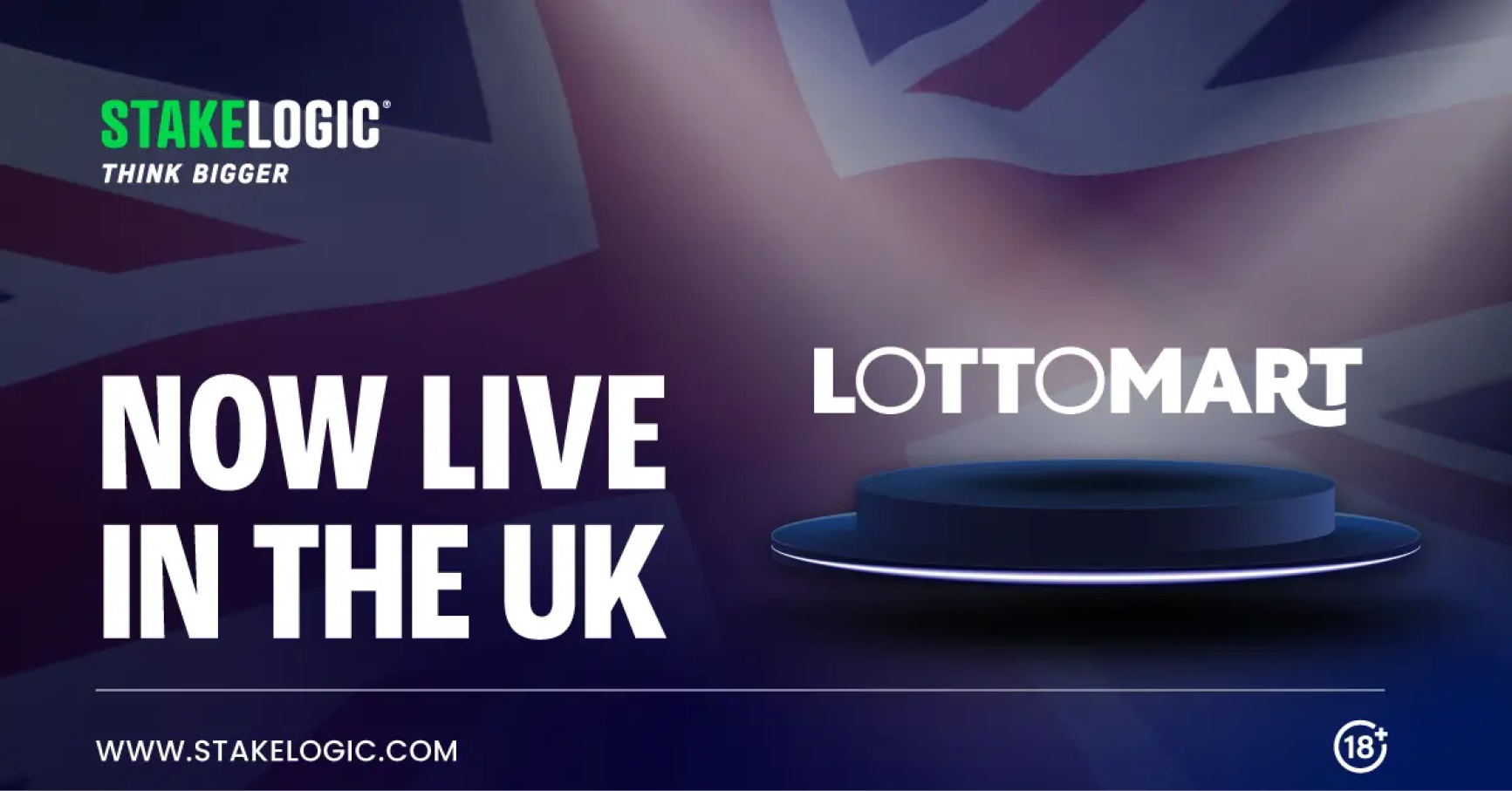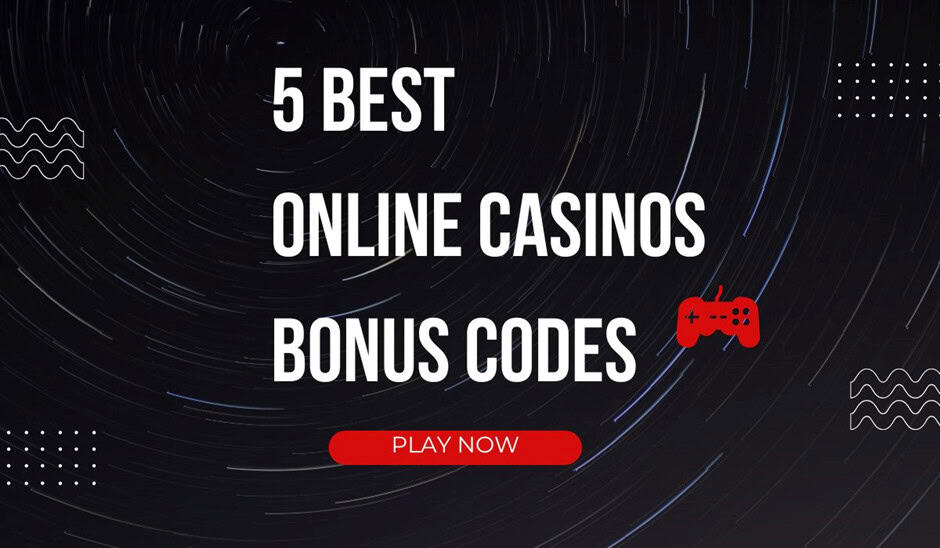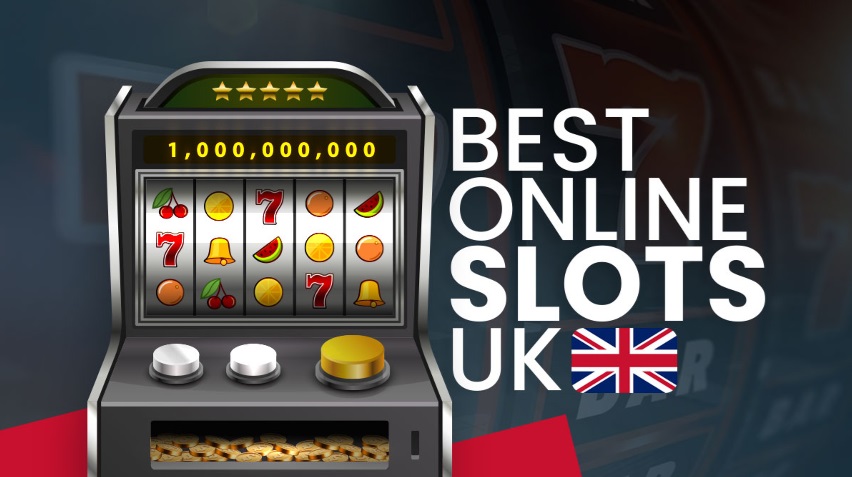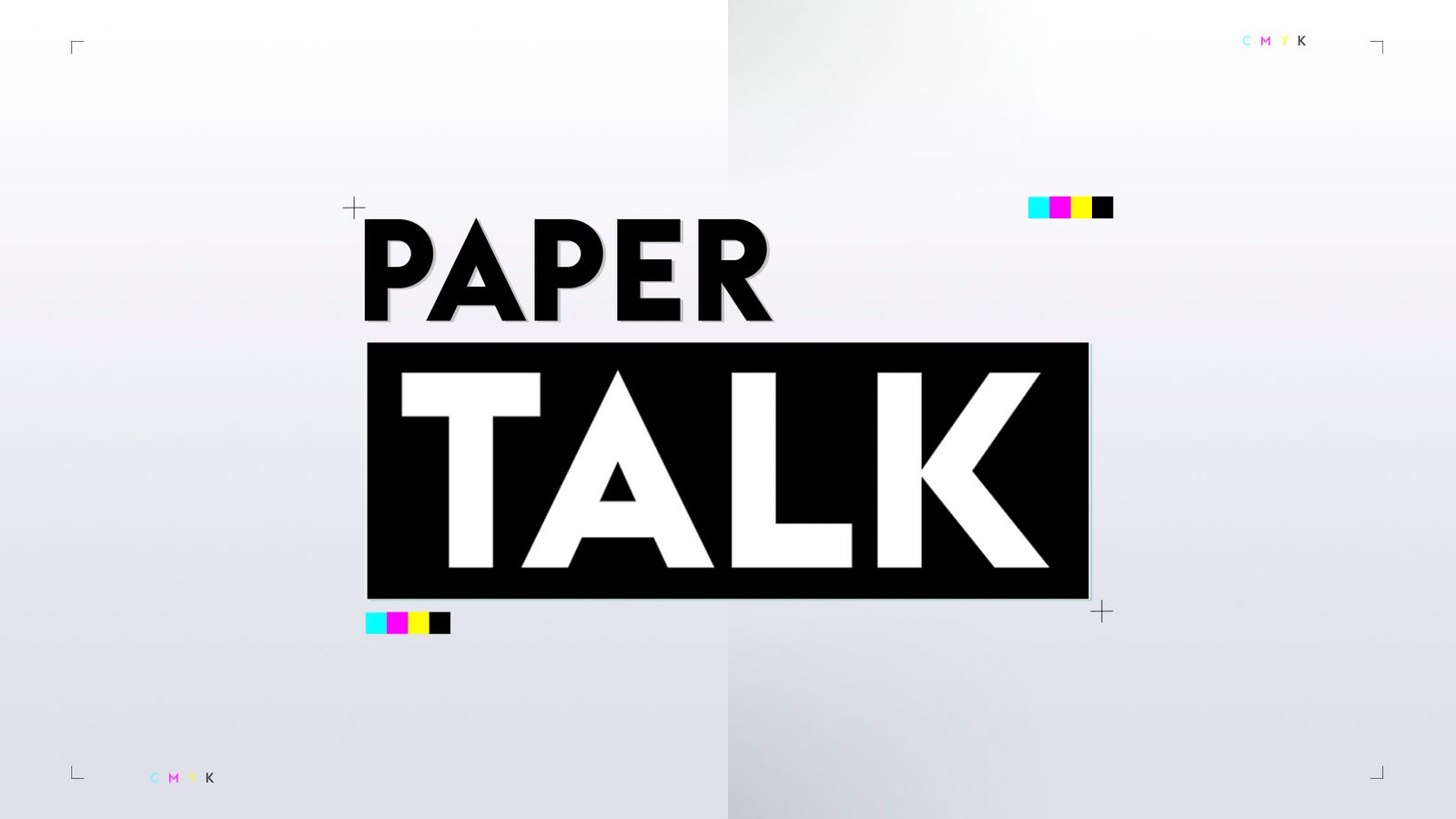Gambling
Tailor-made: The power of personalisation in the modern gaming industry

Personalisation is a word that’s been thrown around the gaming industry for a few years now. As social media and the online landscape as a whole has begun harnessing the power of personalisation to keep users engaged for longer and longer periods, the question of when the gambling sector will do the same has been at the forefront of many a conversation. But what is personalisation, exactly? And more to the point, what does personalisation look like for online casinos and sportsbooks?
The origins of Personalisation
Personalisation (in a digital sense) has been around for almost as long as the internet itself. In 1994, Lou Montulli launched the first cookie on Netscape, designed to allow online shoppers to save their potential purchases in a sort of virtual shopping cart. However, the internet grew and technology advanced, and with the rise of the dot.com bubble and subsequent turn of the new millennium, the brands and brains in Silicon Valley began to see the value in personalised online experiences.
The difference between a pre and post-personalised internet is best captured when comparing Web 1.0 and Web 2.0. We dug deeper into this topic in our March/April edition; but, in short, Web 1.0 was the pre-social media, 1990s era of the internet, while Web 2.0 reflects the internet of today, with its business conglomerates, social media platforms and hyper-personalised experiences made possible through user-generated content and the collection of personal data. In Web 1.0, everyone’s experience of the sites they visited were the same. Today, everyone’s experiences couldn’t be more different.
“Personalisation is a rather wide area within the gaming world,” Greentube Director of Games Production and Operations, Bernd Baumert, tells Gambling Insider, reflecting on early personalisation attempts in the market.“This used to range from providing players with the choice of whether they want to use the gamble function or not, adjusting the volume of the game itself to personal preferences and adjusting the level of the 3D effect of the game. In iGaming, the focus is more on enhancing the experience of the player by catering to their individual preferences.”
Indeed, in translating land-based gaming to a virtual format, operators gained access to new tools and formats, allowing them to create products that were far less static compared to their land-based counterparts.
However, this also required operators to consider how best to adapt their product to an online environment.
As Oregon Lottery Senior Manager of Digital Marketing Shad Barnes explains to us: “While we can’t recreate the [land-based] experience on our website, we have done much to simulate or enhance the experience. While much comes in the form of added information (top prizes remaining, odds of winning, where to purchase specific titles, how to play walkthrough) we’ve also added the ability for our customers to ‘scratch’ a demo ticket online to experience the reveal process. When it comes to jackpot games, players can check to see if they’ve won manually on the website and by scanning a code via mobile application.
“Additionally, players can view the keno board in real time, request notifications when the jackpots or progressive pots rise to the amount where they like to play, view how many players in their state, city or county won prizes over $600, get tips on how and where to play, learn the odds and get directions on how to claim a prize.”
Of course, across all of gaming’s verticals, personalisation is still developing. But what does it bring to the table for operators?
Why personalise?
To understand just why online brand need to personalise their user experiences, the analogy we like to use (and apologies to any readers who have seen this before in the May edition of Trafficology) is that of an internet service provider. These services can only be personalised so much – beyond being tailored to your country and budget, options are rather limited. These service providers, much like sportsbooks and online casinos, will introduce new users with top-end deals. For the internet providers, that means a significantly lower price point for the contract period with freebie after freebie, while for sportsbooks and casinos, users can expect an enticing number of free bets and free spins, among other sign-up rewards.
But what about once that new user isn’t a ‘new user’ anymore? These users lose those perks and, suddenly, the deal they have isn’t all that good anymore. No matter how much haggling you do with the sales reps on the phone, the deals they can offer will never be as good as new customer offers. So, what is a customer to do? They go somewhere else, acquire their new customer deals, and the cycle repeats. Without personalisation, what reason do players have to stay after they reap their new user benefits? After all, they can have the same experience with you they can have with your competitor, only your competitor is offering them free spins. So there is certainly a retention element to the argument.
“The player should always be at the center of this whole exercise and any personalisation has to bring value to the player” – Greentube Director of Games Production and Operations Bernd Baumert
Personalisation for Gen Z
Now is also a good time to mention the importance of personalisation to one demographic in particular: Gen Z. The newest demographic entering the gaming market, Gen Z are people born at the tail-end of the 1990s and into the 2000s, defined by being the first generation to not remember a time before the internet. Social media and online business are second nature to them and, in that, they hold a set of expectations. Namely, that a personalised experience should be an absolute minimum.
To provide to this generation is to utilise existing technologies to the best of your ability and be willing to take the leap with newer, more experimental technologies in order to stay ahead of the competition. That means utilising personalisation wherever possible, to keep up with trends of an industry now 30 years into the internet era.
As GR8 Tech Head of Sport Business Unit Igor Kaufman explains to us: “Gen Z has grown up with technology that offers tailored experiences and they expect the same level of customisation in all their interactions. Personalised content, recommendations and user interfaces can significantly enhance their engagement and satisfaction.”
“Gen Z has grown up with technology that offers tailored experiences and they expect the same level of customisation in all their interactions” – GR8 Tech Head of Sport Business Unit Igor Kaufman
When did this conversation start?
While everyone will say something slightly different on when the industry first started talking about the need for personalisation, according to Kaufman: “The topic of personalisation began to gain traction in the sportsbook market in the early to mid-2010s, driven by advancements in technology and data analytics, which led to a better understanding and catering to individual user preferences. This shift was evident in many industries around the
same time that began also leveraging data analytics and advanced algorithms to tailor experiences to individual customers.” It was not just the gambling industry keying on to personalisation at this time, but industry at large. Personalisation offers a competitive edge, Kaufman says, altering the conventions of customer engagement.
What does personalisation look like?
So, we have the when and we have the why. Personalisation allows for better customer engagement and in turn more loyalty in a userbase, encouraging returning users by creating experiences tailored to them. But what does this look like in practice? For sportsbooks, Kaufman suggests: “Personalisation in sportsbooks works on multiple levels, catering to regional, national and individual user preferences. It’s about creating a seamless and enjoyable experience where players can navigate effortlessly, finding what they need without any hassle. From our experience with GR8 Sportsbook, this means having a robust backend with AI and ML tools, a recommendation engine, region-specific feeds, the ability to manage line display options, etc. Plus, the platform needs to manage line display options easily and have an adaptable front-end. This combination allows for deep customisation, making the sportsbook feel unique and tailored not just to the operator’s brand but to each user.”
Indeed, AI has been pointed to as a key tool from which personalisation in the gaming industry can develop. Baumert stated that AI “can play a significant role in iGaming,” explaining that “this might range from tailored game recommendations to individualise the look, feel and sound of the game itself.” However, he was clear to remind us that, amid all the speculation about the development of personalisation, “the player should always be at the centre of this whole exercise and any personalisation has to bring value to the player.”
Providing a perspective on personalised lottery play, Barnes comments: “I think a personalised online lottery is first and foremost a fluid user experience driven by both quantitative and qualitative feedback… To be specific, a good personalised online lottery allows users to remove friction from their play journey while also adding convenience or delights. Access to their wins and dollars spent, opportunities to request notifications or email for the reminders or information they want at the times they want it, regionalised stories on how lottery dollars make an impact in their state city/neighborhood, game favouriting and suggestions for games that match their play styles, an ability to interface at retail via app scan that saves time or paper, offers or promotions from their favorites brick and mortar retailers and much more. There is so much opportunity in this space for lotteries to incrementally improve the experience for their customers.”
Is the gaming industry behind?
Still, despite a degree of personalisation existing across online gaming and the growing potential of AI, in the eyes of some, we are still behind many other industries. In an interview we conducted with EveryMatrix CEO Ebbe Groes in March, he said he felt personalisation “would have come earlier.” While many have tried their hand at personalisation, “nobody has succeeded,” and in this viewpoint Groes is not at all alone. When we asked Barnes
if he feels the current online lottery market matches the description he previously gave, he said: “The pandemic pushed nearly every lottery forward in the digital/personalisation space and the industry in general is trending forward in terms of improving digital service for their players/customers. That said, there is a significant gap between true ecommerce and how lotteries operate online.”
There are a multitude of factors impeding the growth of online lotteries in the US, Barnes suggests, including different policies, regulation, responsible gaming practices and technical philosophy. Some lotteries have even begun hiring non-vendor talent to create a roadmap for online adaption, using research and evaluations to decide how best to tackle online adaption. One factor that may be holding us back, Kaufman suggests, is data privacy. “Tailoring experiences hinges on the availability of user data and balancing user privacy with the need for data can be challenging,” he explained, with data protection a critical factor to consider when integrating personalisation into a platform.
Another factor to consider is the platform’s technical capabilities and the technology a platform has access to. Kaufman suggests that, as AI “evolves and becomes better at imitating human behaviour, the opportunities for creating customised experiences expand,” yet with this still a work in progress, AI does not yet hold a complete personalisation solution. It is also important not to rely on AI as the only solution – in any situation or scenario, placing all your eggs in one basket is unwise. To do this would put the gaming industry in an even more precarious situation than it is in now, and while it is industry appropriate, it is not a gamble businesses should take.
Who can we turn to?
So, if the gaming industry wants to catch up, where can we turn for inspiration?
Kaufman suggests retail as a prime example of a highly personalised industry from which the gaming industry can learn, with “companies like Amazon using sophisticated recommendation engines to tailor product suggestions.” He also points to the entertainment industry, particularly streaming services like Netflix and Spotify, which “offer highly personalised content based on user preferences and behaviour.”
Baumert echoed similar ideas, saying: “In regard to customer segmentation, I believe that the streaming industry shows some really good examples and iGaming can learn from e-commerce in general about recommendation engines”
Looking at how other online businesses offer personalisation, both with and without AI, is crucial for the gambling industry to remain at a standard comparable to other industries. For example, consider the content algorithms used by Youtube and TikTok. These algorithms look at data such as what the creators watched, the time spent engaging with a piece of content and then compares this against other data from other creators to suggest content that users may similarly enjoy. In this, no person’s Youtube or TikTok feed is the same, becoming hyper-personalised the more an individual engages with a platform.
Consider a similar algorithm being used by an online casino: analysing the sort of themes the player likes in their slot games, the maths used in the games they gamble the most on or the studios whose games they spend the most time on. Analysing slot behaviour in a similar way to video engagement behaviour can result in hyperpersonalised play suggestions, keeping users coming back and exploring their options.
This goes for both paid and free-to-play social casinos, though it must be noted that approaches to personalisation might differ. As Baumert details: “Players in any casino try to maximise their entertainment and enjoy the games that are provided. So, most of the personalisation applies to both areas, where maybe social casinos might offer a little more modification options for my avatar or which plants I choose for my garden like in our social brand, Bloom Boom Casino.”
In fact, every sector will need to approach personalisation differently, utilising the technology available to them and manipulating it to fit the needs of users. In the case of online lotteries, for example, Barnes believes: “Most lotteries are government-run or sponsored across the world, so it is always paramount to reconcile the public good with any lottery infrastructure investment or endeavors. There just aren’t any true ‘apples to apples’ industries or even jurisdictions when it comes to lottery making economy of scale illusive.”
Barnes also noted how, due to lotteries’ direct connection to government, their flexibility in adding personalisation features is limited, being tied directly to the needs of lottery jurisdictions and their governments. “Per jurisdiction, customisation, sound security and ongoing maintenance and operations are costly. Tools and gaming platforms are typically broad and best built to serve a wide number of industries or lottery jurisdictions which leaves limited room for responsive growth toward true personalisation. The industry is making progress, but it may always lag behind the industries that can adapt in more agile ways.”
What do we suggest?
So, if an operator feels they are falling behind in their personalisation efforts, what can they do? Below are a few steps:
Understand player needs
At the end of the day, innovation is all for nought if it is not something the customer wants. Adding AI systems and extensive personalisation options may be beneficial to some player bases, but that may not be the case for everyone. Get an idea for your player demographics, see what other online platforms are popular among these demographics and get an understanding of the personalisation options these platforms offer.
Think outside the box
In the days of Web 1.0, the internet was like the Wild West. With no status quo established for how a site should be run, creativity was high and, from that, the internet came to form the trends we see today. Taking this idea of Web 1.0 experimentation will allow a platform to stand out, drawing new users to it. Uniqueness is at the heart of why players are drawn to personalisation.
Look outside of the industry
Diversification in hiring is a topic that is routinely brought up among recruiters; that in bringing in people from outside the gaming industry, they can learn from a completely new pool of knowledge, forcing businesses out of operating within an eco-chamber. To bring efficient personalisation to gaming platforms, consider hiring from other industries – ecommerce and streaming platforms, and other industries pointed to as ones the industry can turn to for inspiration – as a place to start. Overall, if an operator is to stand a chance of gaining users and then keeping them, personalisation is a must. Taking in a number of factors… personalisation will be as unique to operators as it is to players. Why go for ‘same old,’ when you can have tailor-made?










